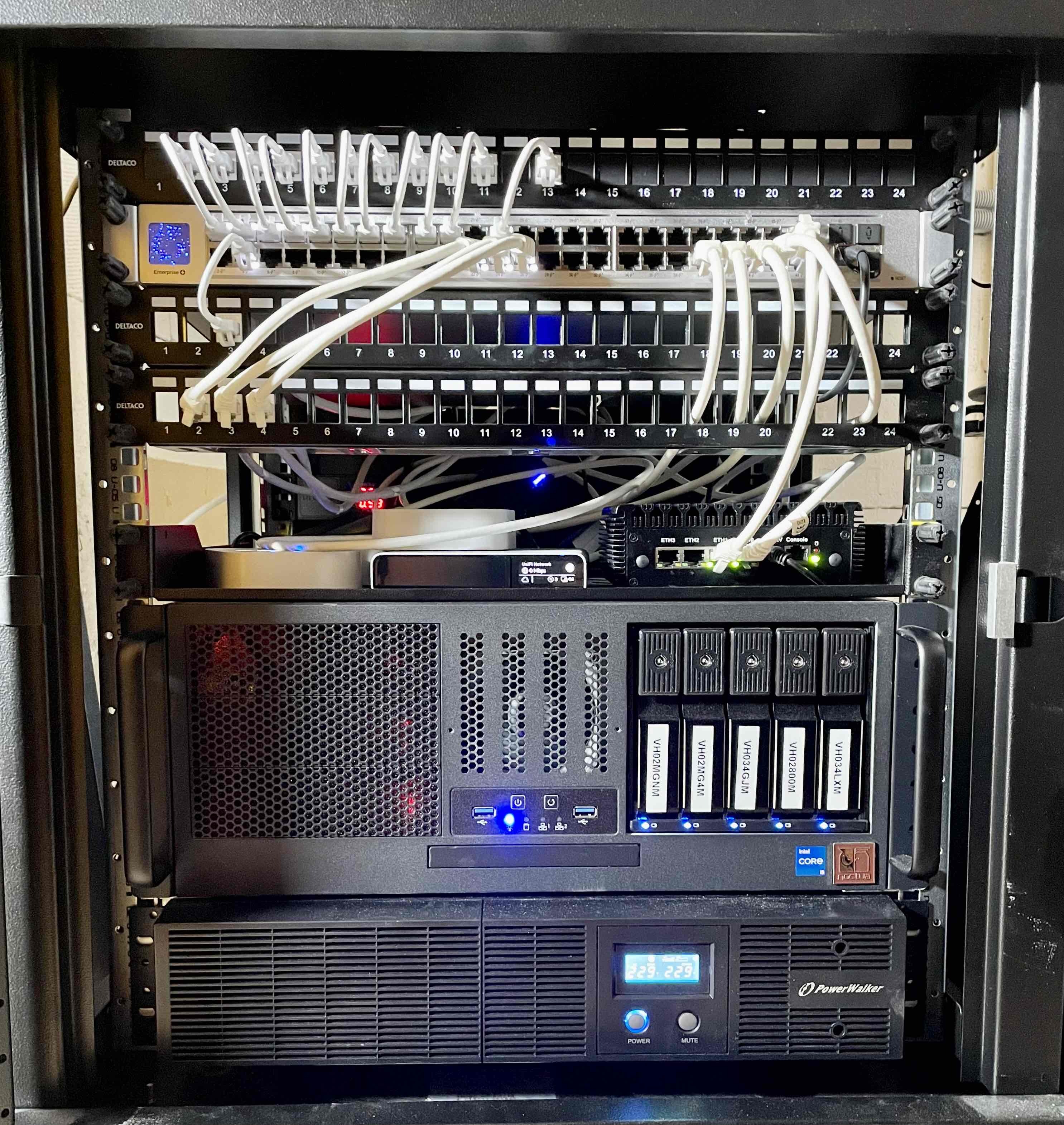Selfhosted
A place to share alternatives to popular online services that can be self-hosted without giving up privacy or locking you into a service you don't control.
Rules:
-
Be civil: we're here to support and learn from one another. Insults won't be tolerated. Flame wars are frowned upon.
-
No spam posting.
-
Posts have to be centered around self-hosting. There are other communities for discussing hardware or home computing. If it's not obvious why your post topic revolves around selfhosting, please include details to make it clear.
-
Don't duplicate the full text of your blog or github here. Just post the link for folks to click.
-
Submission headline should match the article title (don’t cherry-pick information from the title to fit your agenda).
-
No trolling.
Resources:
- selfh.st Newsletter and index of selfhosted software and apps
- awesome-selfhosted software
- awesome-sysadmin resources
- Self-Hosted Podcast from Jupiter Broadcasting
Any issues on the community? Report it using the report flag.
Questions? DM the mods!
view the rest of the comments


Sorry, initailly replied to wrong thread. Not meaning total loss of power, but power fluctuations, brownout, over volt, amps and volts out of phase. You won't normally don't notice because it is short, or not noticable in lights or monitor etc. But with active UPS monitoring you can watch spikes in your power grid. A UPS will see this and rectify power to within normal range. Or an occasional drop in voktage will kick in the UPS to bridge the power drop gap. Then there are major surges that a UPS will buffer by regulation or breaking power to your device.